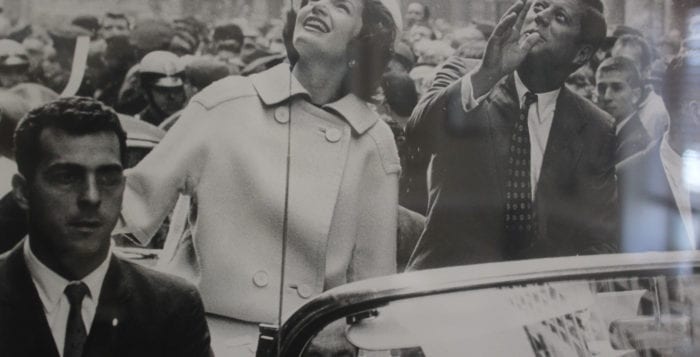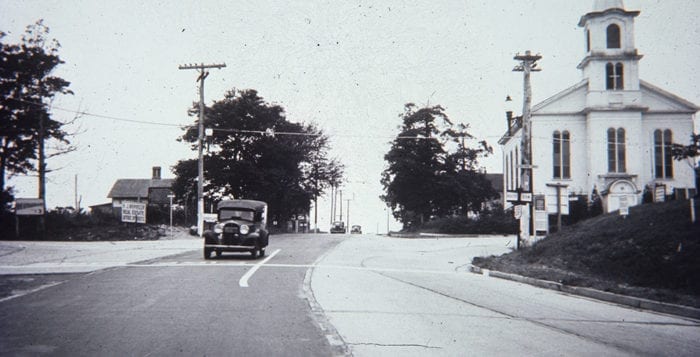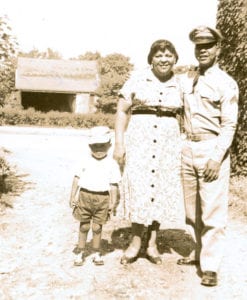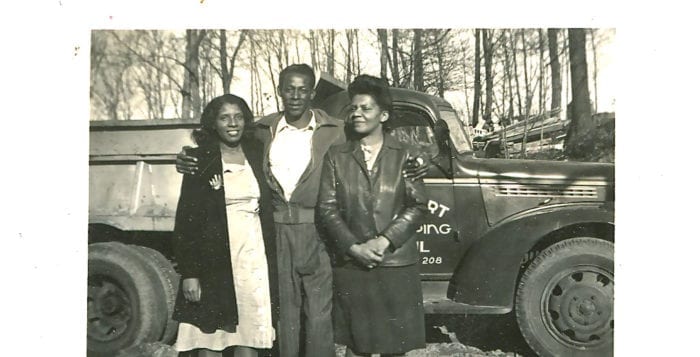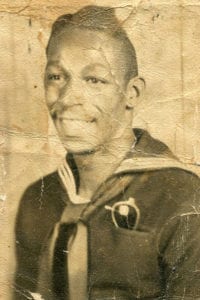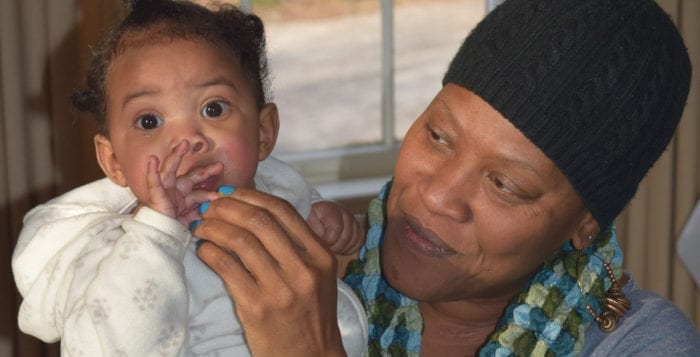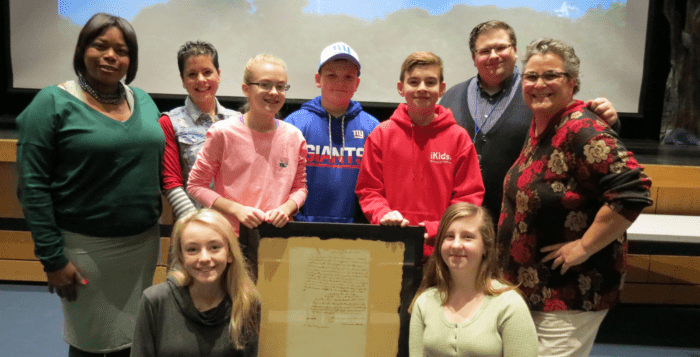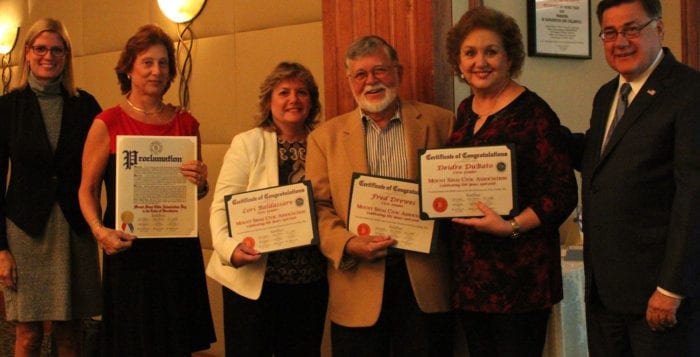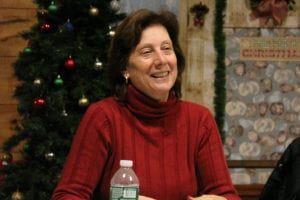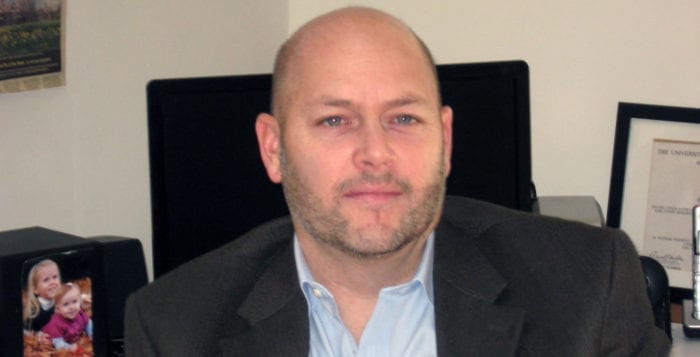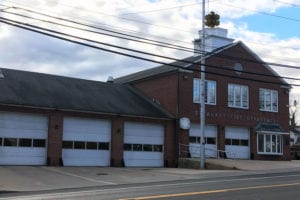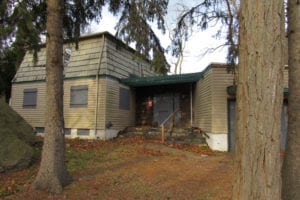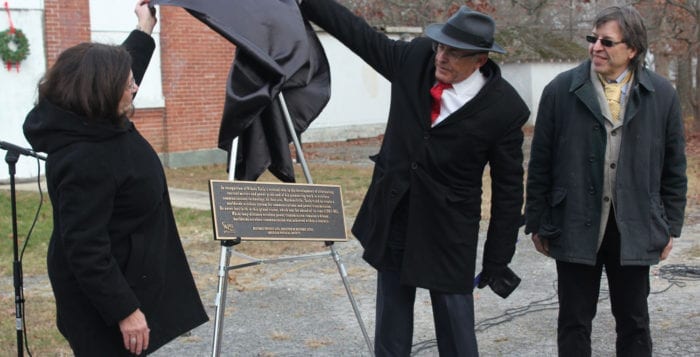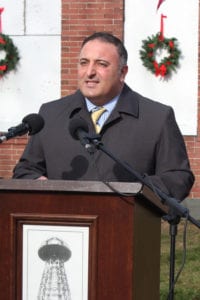As soon as you set foot in the second-floor town hall office of Smithtown Supervisor Pat Vecchio (R), you’re absorbed by the New York City cop-turned-public servant’s accomplished and historic career, on full display in frames and cases around the room.
“You’ve got to take a look at these walls,” the 86-year-old says proudly, from behind his wooden desk.
Dozens of black-and-white photos of famous politicians, public figures and entertainers from the 1950s, ’60s and ’70s decorate the walls, all of which feature a younger yet instantly recognizable Vecchio, side-by-side with everyone from astronaut John Glenn to Queen Sikrit of Thailand to Marlon Brando to Prince Charles to Sammy Davis Jr.
The photo that stands above the others, both in placement and impact, is the giant one that hangs on the wall behind his desk, which shows then-Senator John F. Kennedy (D) and Jackie Kennedy sitting on the back of a convertible waving to a Manhattan crowd while a 30-year-old Vecchio, serving in a special security squad that protected visiting dignitaries, stands alongside the vehicle patrolling his surroundings.
“That was October 1960, a week before he [Kennedy] was elected president, in the lower end of Broadway,” Vecchio recalled.
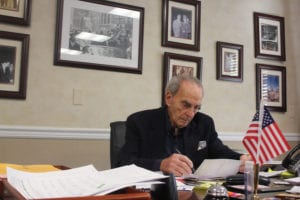
As a member of the Bureau of Special Services from 1959 to 1966, the Smithtown supervisor said he was assigned to Kennedy on numerous occasions when he was senator, president-elect and president, as he visited New York often. Overall, Vecchio said he guarded Kennedy — whom he considers one of his favorite presidents — about 10 times.
“Occasionally, he would go to a play in Manhattan and so three or four Secret Service men, myself and others would go with him to the play,” he said. “He would come into the city, sometimes alone, and his plane would land at Marine Air Terminal at LaGuardia and he would go directly to the Carlisle Hotel.”
While Kennedy and Vecchio never exchanged words, as the young New York City cop took his job providing security very seriously, he said he remembers Kennedy well.
“I could describe him as my mother once did: He looked like a Ken doll, Barbie’s boyfriend,” he said with a laugh. “I always remember he had a golden tan, he was slim and tapered, and he would smile and give a nod to all around him as he entered or left a room.”
Before Kennedy, Vecchio guarded President Dwight D. Eisenhower (R) in late 1959 and early 1960, to whom he was introduced personally. The photo of them standing shoulder-to-shoulder hangs on the wall.
“I have a vivid memory of Ike coming down the elevator inside The Waldorf Astoria New York hotel in Manhattan,” Vecchio said. “I’m just a kid from Brooklyn and the Secret Service agent, a guy from Queens who headed the Secret Service at that time, said to the president, ‘Mr. President, this is detective Vecchio, he’s been on board with us for three days,’ and Eisenhower reached over and shook my hand.”
Vecchio said he couldn’t help but be elated.
“Let me tell you, for a young guy from Brooklyn never having seen a president, no less meet a president, for him to shake my hand was just … awesome,” he said. “I was [starstruck]. The only other person there was the general that accompanied him … so it’s just me, the president of the United States, the general and a few Secret Service men.”
It was in 1967 that Vecchio moved to Long Island and served as head security of former New York City Mayor John Lindsay, who would help steer him into politics. From there, Vecchio went on to make his own impact as a leader, starting in 1978 when he was appointed Smithtown supervisor.

